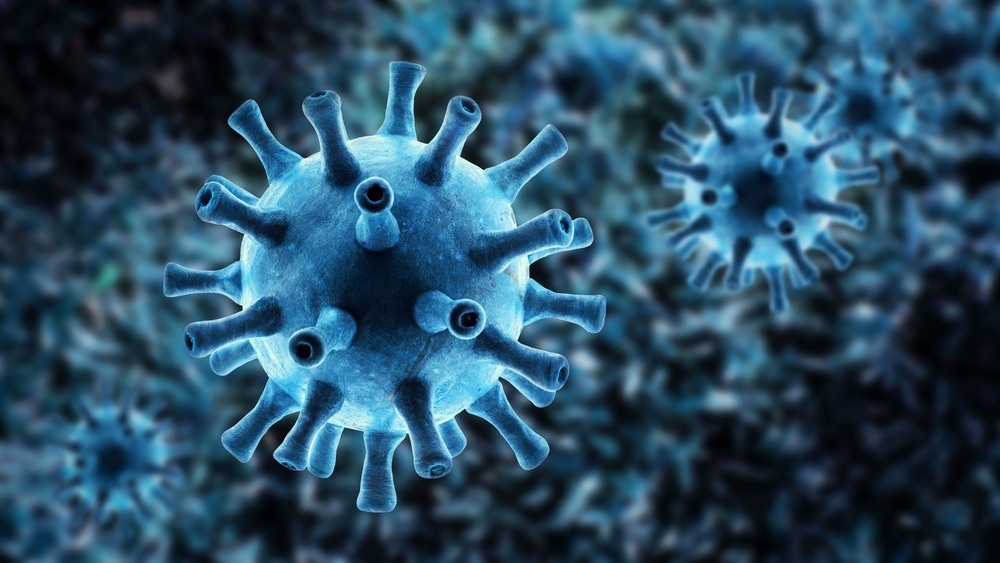In a recent study published in Open Forum Infectious Diseases, researchers demonstrated clinical features and infectivity of the currently dominant severe acute respiratory syndrome coronavirus 2 (SARS-CoV-2) variant of concern (VOC) Omicron, compared to Delta, the previously dominant VOC.
 Study: Clinical Features and Duration of Viral Shedding in Individuals With SARS-CoV-2 Omicron Variant Infection. Image Credit: Viacheslav Lopatin/Shutterstock
Study: Clinical Features and Duration of Viral Shedding in Individuals With SARS-CoV-2 Omicron Variant Infection. Image Credit: Viacheslav Lopatin/Shutterstock
Background
The Korea Disease Control and Prevention Agency confirmed 11 cases of Omicron infection and promptly transferred these patients to Incheon Medical Center (IMC) equipped with negative-pressure isolation rooms. All these patients had mild or moderate coronavirus disease 2019 (COVID-19) and one or more symptoms at diagnosis.
Although none of the patients were immunocompromised and received supplemental oxygen, steroids, or other anti-inflammatory drugs, two patients received monoclonal antibody therapy. Five patients also had pneumonia, with signs of involvement of lung parenchyma. Notably, two patients had even received a second dose of the COVID-19 vaccine in October 2021. Five of these patients were male, and six were female, all with an average age of 38 years.
About the study
In the present study, researchers collected 110 serial respiratory specimens from 11 patients who had confirmed SARS-CoV-2 infection due to Omicron in December 2021 during the first Omicron outbreak in South Korea. They cultured these samples in the Vero E6 cell line during 14 days after symptom onset to evaluate the viral culture positivity rate.
They assessed Omicron’s infectious viral shedding, culture positivity rate, and clinical symptoms. They determined SARS-CoV-2 ribonucleic acid (RNA) loads in the respiratory samples, i.e., log10 RNA copies per mL against the duration of symptoms in days. Further, the researchers used a real-time reverse transcription polymerase chain reaction (RT-PCR) assay to determine the cycle threshold (CT) values for the envelope (E) gene of SARS-CoV-2. The researchers converted average CT during 14 days after symptom onset to viral load to compare the quantitative differences based on viral load.
Study findings
The researchers isolated Omicron from 48 specimens of unvaccinated patients within eight days of symptom onset. Among those who received monoclonal antibody treatment, one had a positive culture while the other had a negative culture. They noted a maximum E gene CT value of 28.96 for 48 samples that yielded culturable viruses.
Omicron’s viral culture positivity rate ranged between 22% and 100% in unvaccinated patients during eight days of symptom onset. Compared to Delta, Omicron had a shorter duration of the viral culture positivity rate (eight vs. 10 days) but of higher magnitude (100% vs. 74%). Subsequently, Omicron-infected patients had a viral load ranging from 1.86 × 104 copies/mL to 5.69 × 108 copies/mL. Omicron had a shorter infectious stage than Delta; however, the culture-positivity rate of Omicron was higher than that of the Delta variant. Perhaps this is the reason why Omicron spread so quickly worldwide.
Omicron harbors multiple unique mutations in spike (S) protein’s receptor-binding domain (RBD) and furin cleavage site (FCS). The former mutations enhanced its transmissibility, while the latter enhanced its infectivity and pathogenicity. Another key finding of the study was that the duration of the fever might not correlate well with time to viral culture conversion. There is a lack of evidence that improvement in fever provides a scientific basis for release from isolation. Further studies should determine whether improvement in fever has a significant association with decreased infectivity.
Conclusions
The current study showed how SARS-CoV-2 cultured from respiratory samples of Omicron-infected individuals could serve as a surrogate measure of Omicron’s infectivity. These viral cultures turned negative after nine days of symptom onset, thus, showing that Omicron was infectious for a shorter duration. However, its culture-positive rate was higher than that of the Delta variant, which explains why its cases surged worldwide. Overall, the study data support the high transmissibility of the Omicron variant.